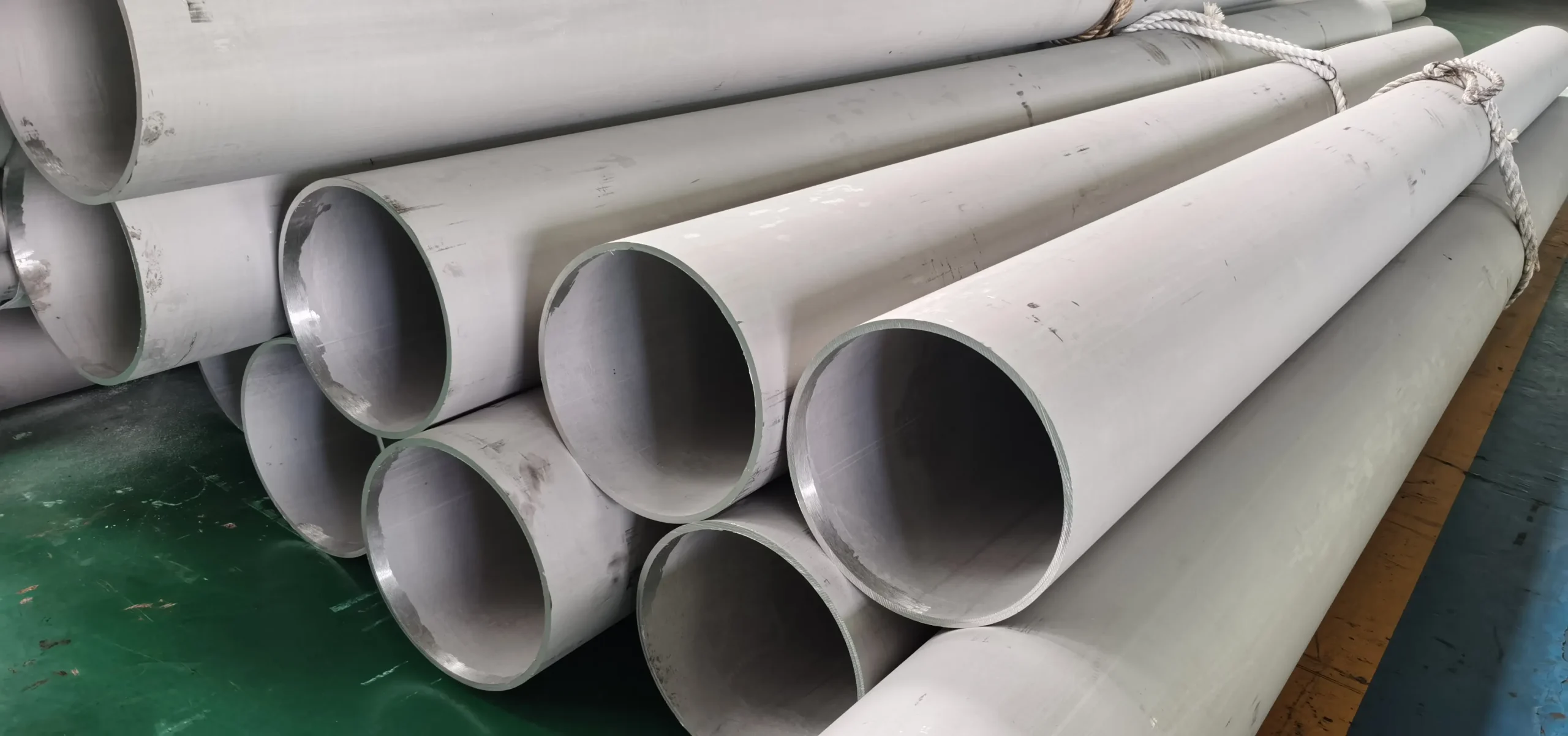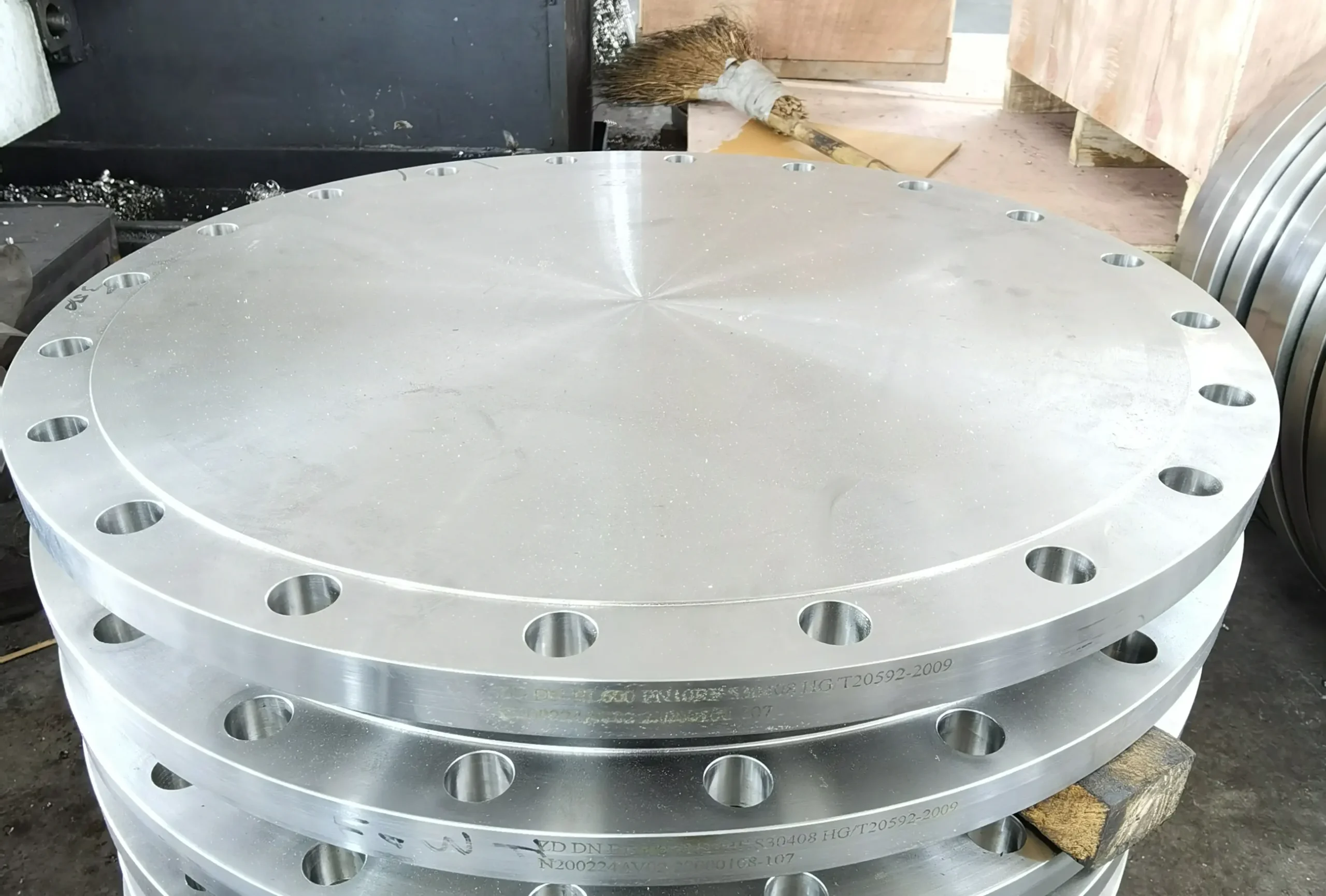Placa de acero inoxidable es un material pesado y muy duradero. Forma la estructura de muchas aplicaciones industriales de servicio severo. Este material es crucial para la fabricación de accesorios de tubería de acero inoxidable. También proporciona integridad estructural para grandes tubos de acero inoxidable. Se caracteriza por su alta resistencia y su gran resistencia a la corrosión. Comprender las diferencias entre Acero e inoxidable es el primer paso en la selección de materiales.
Qué es una placa de acero inoxidable
La chapa de acero inoxidable es un producto metálico plano laminado. Su espesor suele ser de 6 mm (0,25 pulgadas) o más. Las chapas se fabrican generalmente por el procedimiento Proceso de laminación en caliente. Este método crea un material grueso y resistente. Las placas se utilizan a menudo cuando se requiere una gran integridad estructural. Sirven como elemento fundamental en la construcción pesada.
Qué hacemos
- Plato
- Hoja
- Piezas forjadas
- Barra redonda
- Brida
- Tuberías
- Accesorios
- Personalizado
Más información
Ventajas de la chapa de acero inoxidable
El grosor de esta chapa le confiere una formidable capacidad de carga, lo que la convierte en la opción ideal para soportar objetos pesados.
Este material posee propiedades anticorrosión y de resistencia a la degradación química, lo que garantiza que los componentes de alta resistencia disfruten de una larga vida útil, reduciendo al mínimo los costes de sustitución y mantenimiento.
En general, las chapas son fáciles de soldar con diversos métodos. Esto simplifica el montaje de grandes estructuras. La chapa de acero inoxidable funciona bien con las técnicas de fabricación habituales.
Las chapas de acero inoxidable se cortan, mecanizan y conforman con facilidad, lo que permite fabricar intrincados componentes a medida. Los accesorios profesionales para tuberías de acero inoxidable suelen fabricarse de este modo.
Desventajas de la chapa de acero inoxidable
El grosor de este material se traduce en un aumento significativo del peso, lo que eleva los costes de manipulación y transporte y puede hacer necesario un soporte estructural adicional.
Cortar y conformar chapas gruesas requiere equipos especializados, lo que alarga los plazos de fabricación. La eficiencia de las operaciones requiere maquinaria más potente.
Las planchas son más caras que las láminas más finas o Chapa de acero inoxidable material. El coste refleja el volumen de aleación utilizado. La mayor inversión se justifica por la resistencia.
El grosor de la chapa limita las curvas cerradas. El conformado complejo requiere herramientas especiales. Limita la flexibilidad de diseño en determinadas aplicaciones.
Grados, procesos y características
| Calificación | Característica principal | Uso principal | Proceso principal | Elementos clave |
|---|---|---|---|---|
| 304 | Versátil, común | Depósitos, soportes estructurales | Laminación en caliente | Cr, Ni |
| 316 | Resistencia a los cloruros | Cascos marinos, plataformas marinas | Mo, Cr, Ni | |
| 2205 | Alta resistencia/corrosión | Carcasas de recipientes a presión | N, Cr, Mo | |
| 304L | Baja emisión de carbono | Construcción soldada | Bajo C, Cr, Ni |
Tipos de acabado superficial
| Acabado | Apariencia | Fabricación |
|---|---|---|
| Nº 1 | Aburrido, áspero | Como laminado en caliente |
| 2B | Suave, mate | Después del laminado en frío |
| licenciado en Letras | Brillante, reflectante | Recocido especial |
Chapa de acero inoxidable frente a otras formas
| Formulario | Espesor | Fuerza | Uso principal |
|---|---|---|---|
| Placa de acero inoxidable | Grueso | Alta | Estructural |
| Chapa de acero inoxidable | Delgado | Medio | Estética |
| Barra redonda de acero inoxidable | Sólido | Extremo | Mecanizado |
Aplicaciones en sistemas de tuberías
Bridas de alta resistencia: Bridas ciegas y bridas de anclaje se cortan de chapa. Son esenciales para conectar tubos de acero inoxidable de gran diámetro. El grosor de la placa garantiza un sellado a alta presión.
Recipientes a presión y depósitos: Las chapas se laminan y sueldan para crear recipientes. Contienen líquidos y gases a presión de forma segura. Se trata de una aplicación vital en las plantas químicas.
Accesorios para soldar Fogueo: Los accesorios de tubería de acero inoxidable más gruesos, como los reductores de pared gruesa, comienzan como chapa. A continuación, el material se procesa y se moldea. Esto garantiza el espesor de pared necesario.
Componentes fabricados: La chapa de acero inoxidable se utiliza para zapatas y soportes de tuberías. Evita el contacto directo con otros metales. Protege la integridad de Tubo métrico de acero inoxidable líneas.
Cómo garantiza Kaysuns la calidad de la chapa de acero inoxidable
Mantener la calidad exige un control estricto. El material debe cumplir normas como la ASTM A240. La inspección visual garantiza un acabado superficial perfecto. Los ensayos químicos verifican la composición de la aleación.
Degradación y mantenimiento
La chapa gruesa resiste la corrosión rápida. Sin embargo, la exposición prolongada puede causar desgaste. Una inspección periódica evita problemas. Busque signos de Óxido de la brida en los componentes acoplados. Adecuado Tratamiento posterior a la soldadura es vital después de soldar las chapas. Así se corrige cualquier reducción de la resistencia a la corrosión. Mantener la capa protectora de la chapa garantiza su longevidad.
Contacto
- RM901 No.22 Tangjiaqiao Road Wenzhou China
- +86 577 8551 1171
- [email protected]
- https://www.kaysuns.com/



